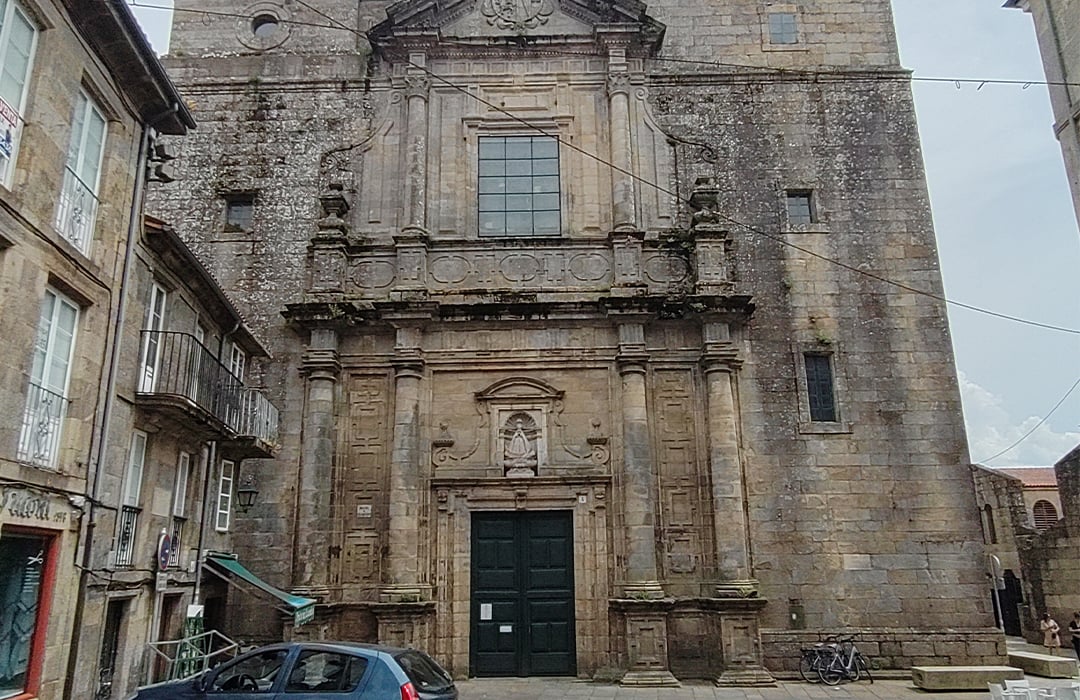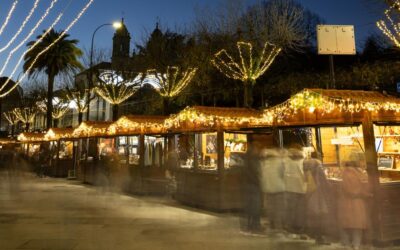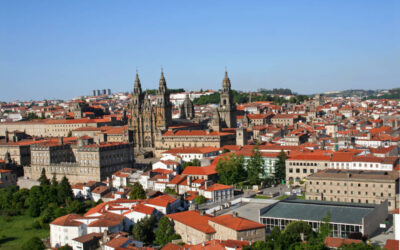The Convent of Santo Agostiño was built in the mid-seventeenth century in what is now one of the most emblematic and socially vibrant areas of the historic center of Santiago de Compostela: the Mercado de Abastos.
The origin of the building is found in a donation of the Count of Altamira, who paid for the construction of the temple for the Order of the Augustinian Calzados. Baroque in style, the convent was built between 1623 and 1648 according to plans drawn up by Bartolomé Fernández Lechuga. Among its features is the facade, neoclassical style and has an image of the Virgen de la Cerca.
Of the two towers included in the initial project, only one remains, unfinished, and the second was destroyed. In 1788, Santiago de Compostela suffered a strong storm and a large lightning strike hit the tower on the left side of the complex, destroying it completely.

The church is rectangular in plan and has a single nave with three bays and a transept. The temple is covered by a barrel vault, in addition to side chapels and a hemispherical dome without a drum.
Inside the building you can contemplate some works of great artistic interest. Among them, a processional sculpture of Christ, located on a column, attributed to Diego de Sande. The main altarpiece, the work of Pedro Taboada in 1690, and the baroque altarpiece of the Immaculate Conception, made by Simón Rodríguez in 1740, are also preserved.
Next to the church is the building that houses the convent and that was abandoned at the time of the exclaustration. Since then, it has been used for various purposes, although it has been occupied since 1964 by the Society of Jesus.
The building is currently one of the most famous and emblematic halls of residence in the city of Santiago de Compostela.
The temple, on the other hand, remains active as a place of regular worship by the parishioners, although it does not have a schedule for tourist visits.






